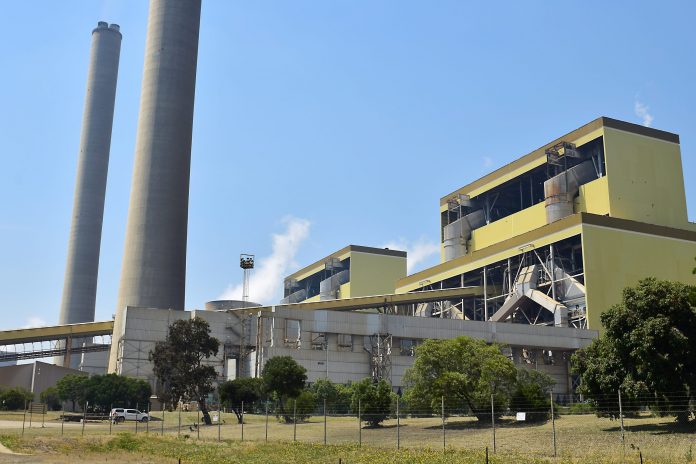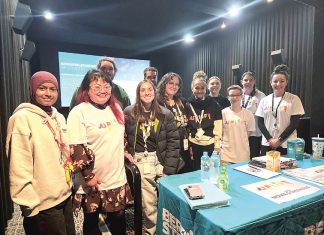PHILIP HOPKINS
By PHILIP HOPKINS
THE state government has taken first steps to revive the State Electricity Commission (SEC), transferring the SEC to a new Ministry, naming an interim chief executive and creating an SEC expert advisory panel.
Lily D’Ambrosio is the Minister for the State Electricity Commission, which will be part of Ms D’Ambrosio’s portfolios of Energy, Environment and Climate Action and Solar Homes. The SEC will have an office in the GovHub in Morwell.
The Governor in Council last week declared the SEC a reorganising body under the State Owned Enterprises Act.
Ms D’Ambrosio said the Labor government was delivering public ownership of energy resources by reviving the SEC as an active energy market participant to build new renewable energy projects.
The government named Chris Miller as interim chief executive of the SEC, who will work with the special SEC expert advisory panel to revive the commission under the responsibility of the Minister.
John Bradley, secretary of the Department of Energy, Environment and Climate Action (DEECA) and an energy specialist in his own right, will chair the panel, which will include other specialists in energy, investment and commercial risk management, industry development, engineering and consumer advocacy.
Two shares in the SEC will be held by the Treasurer and Premier as a fully state-owned energy company.
Mr Miller was previously deputy secretary, tourism and events at the Department of Jobs, Precincts and Regions; a senior executive at the Department of Premier and Cabinet, advising the Premier on energy, infrastructure, transport and planning; and held various positions at Energy Australia and King & Wood Mallesons.
The SEC will become an energy market proponent under the state government’s 10-year plan that aims to deliver cleaner, cheaper energy, with all profits invested back into the energy system.
The government will initially invest $1 billion towards delivering 4.5 gigawatts of power – the equivalent replacement capacity of Loy Yang A – through renewable energy projects.
Renewables will replace coal, and these new ‘power stations’ will be owned by the state, with the government holding a controlling interest in the projects.
An investment of $20 million will prepare the SEC for its new role in our energy market, including setting up an office at the GovHub in Morwell and an office in Melbourne.
The government maintains the SEC will help deliver its renewable energy and emissions targets – 95 per cent renewable energy by 2035 and net zero by 2045. It says modelling shows the policy will create 59,000 jobs by 2035 and increase gross state product by about $9.5 billion.
The policy also includes a $424 million energy and training package to help workers upskill, with 6000 positions for apprentices and trainees to help fill a chronic shortage of workers in trades.
“Our SEC will help find and train the next generation of tradespeople: maintenance workers, electricians – but also welders, painters and mechanics. Highly-qualified, highly-paid workers,” Ms D’Ámbrosio said.
To train these new workers, the state government will establish an SEC centre of training excellence to coordinate and accredit courses in clean energy, connecting with TAFEs, registered training organisations (RTOs), unions and the industry, as well as adding clean energy to the VCE vocational major.
“Across government schools, the SEC will be at career nights recruiting the workers of the future – and an investment of $116 million will open six new cutting-edge tech schools, giving students a head-start in a hands-on profession,” Ms D’Ambrosio said.
“To make sure the workers we’re training are guaranteed a long-term pipeline of work, we’ll institute local content requirements on state-owned and supported renewable energy projects – worth at least $5 billion by 2035.”
Ms D’Ambrosio said the state government would also enshrine the SEC in the state’s Constitution in 2023 to prevent a future Liberal government selling off energy assets again.











